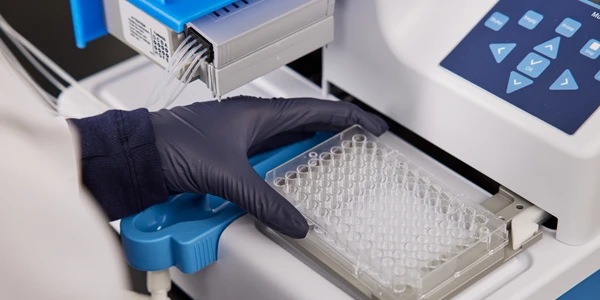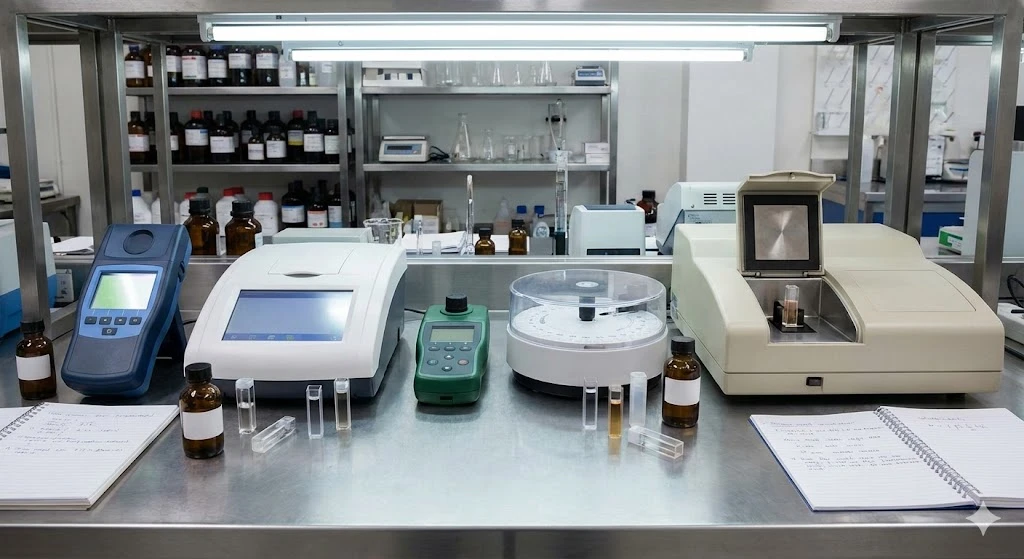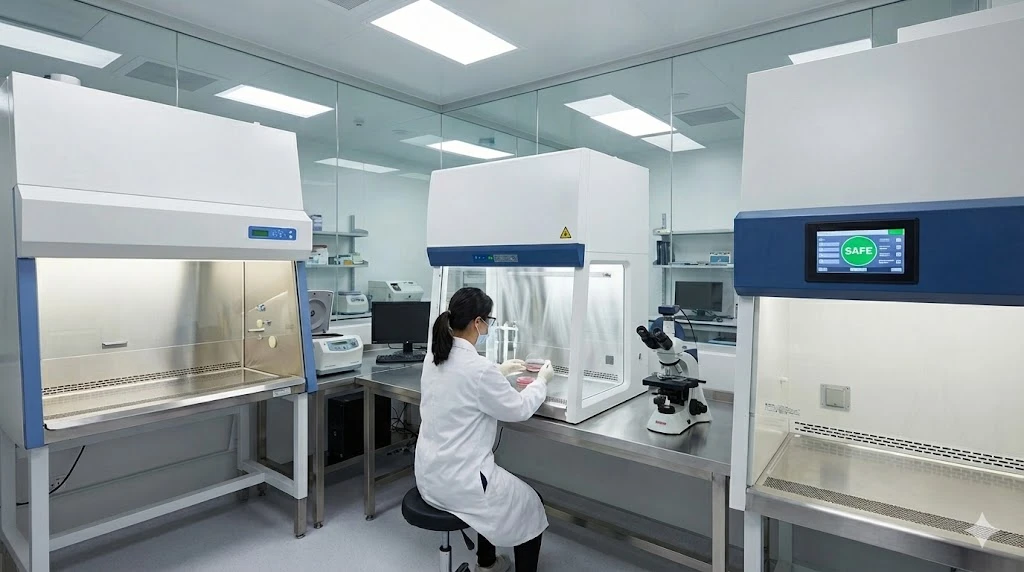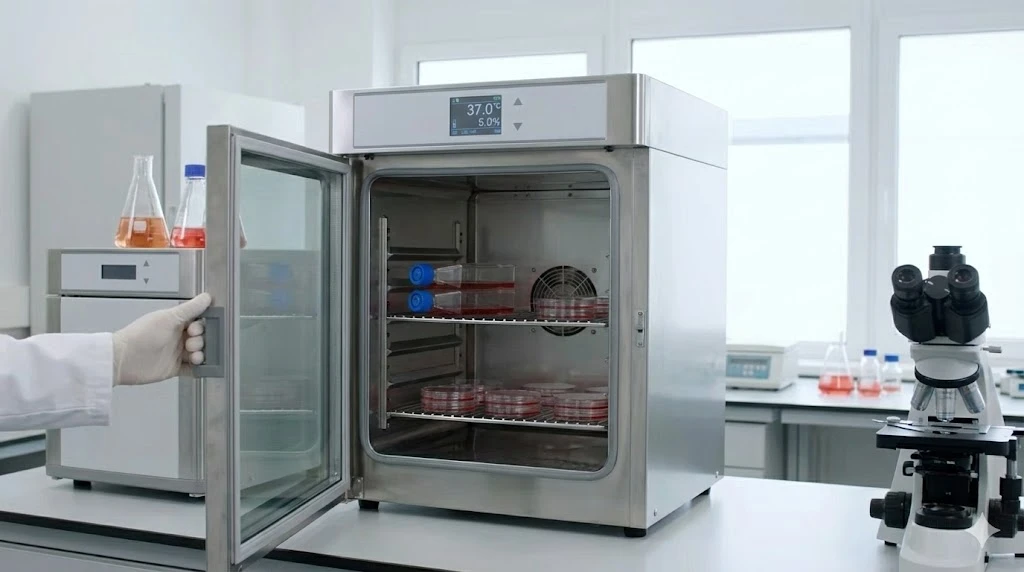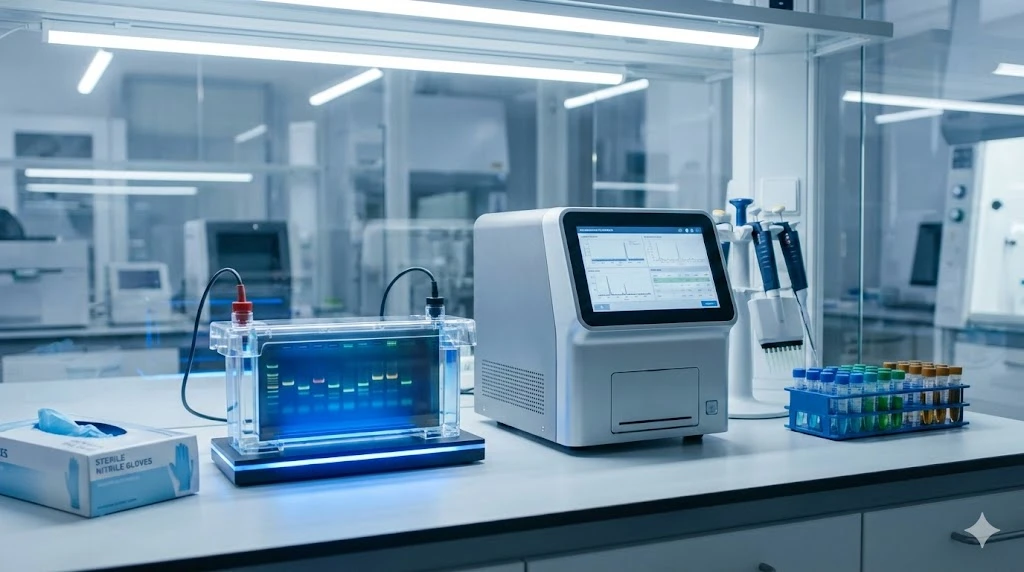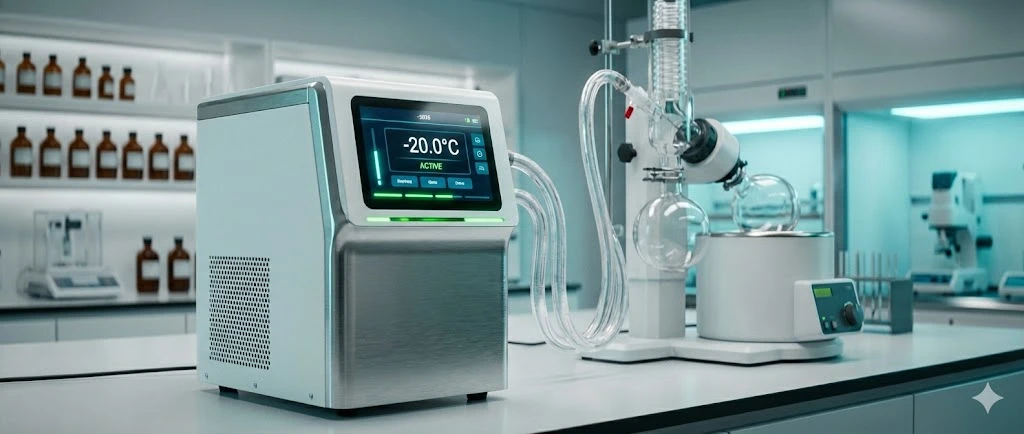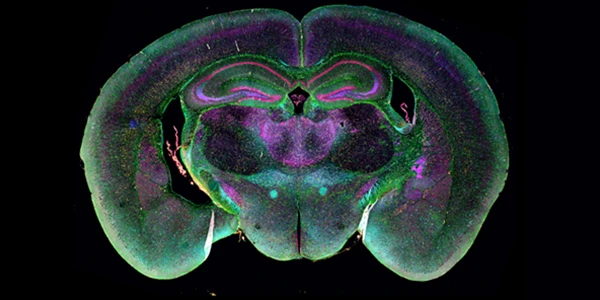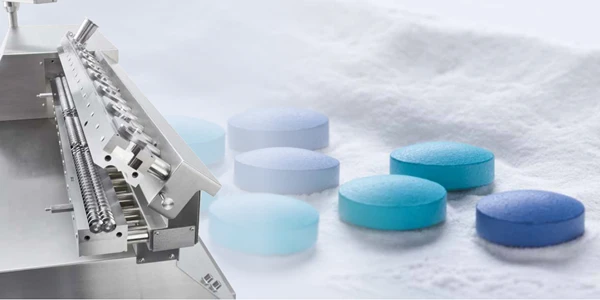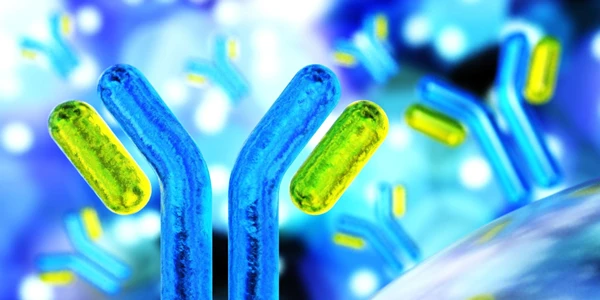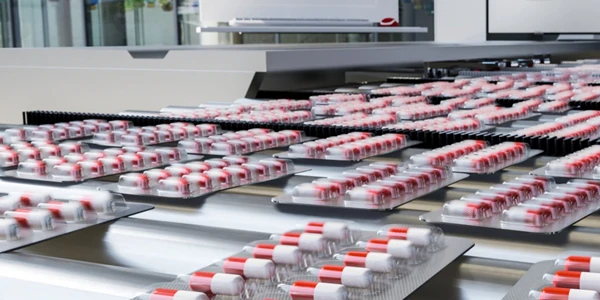Liquid vs. Solid Scintillation Counting: Which Method to Choose?
GEMINI (2025) Radiation detection is foundational to numerous scientific fields, from nuclear medicine to environmental monitoring, making the choice between liquid scintillation and solid scintillation counting methods a critical operational decision. The selection significantly impacts experimental accuracy, sample throughput, and resource expenditure in the modern laboratory setting. This article provides a comprehensive comparison of the two principal techniques used for quantifying ionizing radiation, examining their underlying mechanisms, suitability for various isotopes, efficiency, and practical laboratory considerations to guide laboratory professionals in making an informed selection. Scintillation counting relies on the principle that specific materials, known as scintillators, emit a flash of light (a photon) when interacting with ionizing radiation. This light pulse is then detected and amplified by a photomultiplier tube (PMT) to quantify the amount of radiation present in a sample. The physical state of the scintillator material—whether liquid or solid—fundamentally dictates the method’s characteristics and applicability, particularly regarding the types of ionizing radiation that can be effectively measured. Liquid scintillation counting involves dissolving or suspending the radioactive sample directly within a cocktail containing the scintillator compound and a solvent. This intimate mixture ensures nearly 4π geometry, meaning the radiation emission from the radionuclide can interact efficiently with the surrounding scintillator molecules regardless of direction. This technique is particularly effective for detecting low-energy beta emitters, such as tritium (³H) and carbon-14 (¹⁴C), as the short-range particles are easily captured by the scintillator molecules before they can be shielded or absorbed by container walls. The resulting light is collected by the PMTs, and the pulse height is proportional to the energy deposited by the particle. A major benefit of liquid scintillation is its high sensitivity to these challenging low-energy radionuclides. Solid scintillation counting typically utilizes a rigid, crystalline scintillator material, most commonly sodium iodide doped with thallium (NaI(Tl)) or dense materials like bismuth germanate (BGO). In this method, the sample is not mixed with the scintillator; instead, the radiation must travel from the sample to the solid crystal detector. This technique is overwhelmingly preferred for detecting high-energy photons, such as gamma rays and X-rays, due to the high density and high atomic number (Z) of the crystal material, which maximizes the probability of photoelectric absorption or Compton scattering. Solid scintillation setups are mechanically simple to manage and are often used in routine radioassay and environmental monitoring measurements. The distinct detection mechanisms inherent to liquid scintillation and solid scintillation lead to significant differences in required sample preparation and the types of radiation that can be effectively measured. Selecting the appropriate method often hinges on the sample matrix and the radionuclide of interest. Sample Matrix Compatibility: The requirement for the sample to be integrated into the cocktail in liquid scintillation demands chemical compatibility and solubility. Aqueous, organic, or biological samples must be homogenized or dispersed uniformly throughout the cocktail, which can sometimes be challenging and resource-intensive. In contrast, solid scintillation allows for samples to be counted externally, placed near the crystal, simplifying sample preparation for solids, powders, or larger, irregularly shaped items. Counting Efficiency: Liquid scintillation typically provides superior counting efficiency for beta emitters and alpha particles because the 4π counting geometry minimizes self-absorption within the sample. However, for gamma emitters, specialized NaI(Tl) crystals used in solid scintillation detectors often achieve higher absolute efficiency due to the crystal’s large volume and density, which efficiently stops the energetic photons. Energy Resolution: NaI(Tl) crystals used in solid scintillation offer moderate energy resolution, suitable for distinguishing between major gamma peaks. The resolution enables qualitative analysis in addition to quantification. Conversely, traditional liquid scintillation has inherently poor energy resolution for beta spectra, which can make distinguishing different beta emitters in a mixture difficult without advanced spectral analysis and deconvolution techniques.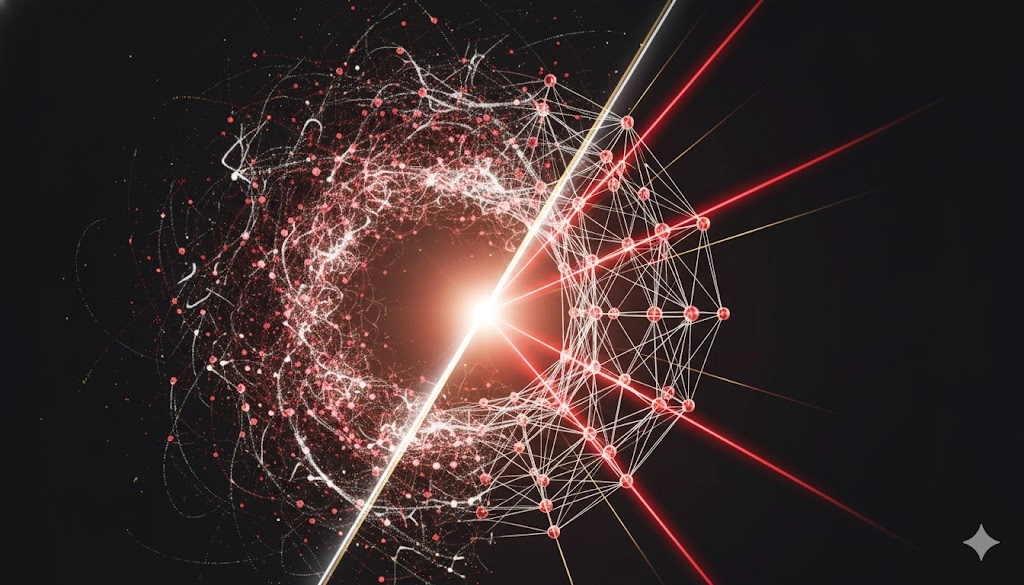
Understanding the Fundamental Principles of Scintillation Techniques
What Is Liquid Scintillation?
What Is Solid Scintillation?
Comparative Analysis of Sample Preparation and Counting Efficiency
Comparison Summary: Primary Target: Low-energy beta (³H, ¹⁴C) and alpha emitters for liquid scintillation; gamma and high-energy X-ray photons for solid scintillation. Detection Geometry: Nearly 4π for liquid (sample mixed with scintillator); external for solid (sample near detector). Sample Preparation: Requires mixing with cocktail; solubility critical for liquid scintillation. Minimal preparation for solid scintillation. Energy Resolution: Poor for beta/alpha spectra (liquid) vs. moderate to high for gamma spectra (solid). Quenching Factor: Significant for liquid scintillation; negligible for solid scintillation. Operational differences, especially concerning the effects of quenching and the generation of mixed waste, are major factors when deciding between liquid scintillation and solid scintillation. These factors directly influence laboratory personnel safety, regulatory compliance, and cost. Quenching in Liquid Scintillation: Quenching reduces light output before detection. It can occur from color (color quenching) or chemical impurities (chemical quenching). Accurate results require rigorous quality control and the use of correction methods such as the external standard technique to normalize activity. Waste Management and Cost: Liquid scintillation generates mixed waste—radioactive material with flammable or toxic organic solvents—making disposal complex and costly. Solid scintillation typically produces simpler waste streams, as the detector is non-toxic and the sample remains separate. Instrumentation: Liquid scintillation counters are large, shielded, high-precision benchtop units. Solid scintillation devices range from lab-based analyzers to portable survey meters. High-purity germanium (HPGe) detectors, used for gamma spectroscopy, are expensive and require cooling. The decision between liquid scintillation and solid scintillation is ultimately dictated by the specific radionuclides under study, the required level of detection sensitivity, and the operational constraints of the laboratory. For accurate measurement of low-energy beta emitters and alpha particles where minimizing self-absorption is paramount, liquid scintillation remains the industry gold standard, despite the challenges of quenching correction and waste management. It provides unmatched counting efficiency for short-range particles. Conversely, for gamma-ray detection, ease of sample handling, and high-volume, cost-effective assays, solid scintillation offers a simpler, more robust alternative with the potential for field use. Laboratories must weigh the high-efficiency and low-energy capability of liquid scintillation against the lower recurring costs and simplified waste streams offered by solid scintillation technology to ensure experimental integrity and operational efficiency. The nature of the emission particle is the most reliable criterion for selection. Is liquid scintillation the only option for measuring tritium (³H)? Can solid scintillation detect alpha-emitting radionuclides? Which method is better for environmental monitoring? What are the main limitations of liquid scintillation? This article was created with the assistance of generative AI and has undergone editorial review before publishing.Practical Challenges: Quenching, Waste, and Instrumentation
Strategic Selection: Optimal Use Cases
Key Frequently Asked Questions
Yes. Its low-energy beta emission makes liquid scintillation the only reliable detection method.
Generally not, as alpha particles cannot penetrate detector shielding. Specialized detectors or liquid scintillation are required.
Depends on radionuclide type. Liquid scintillation for alpha/beta contaminants (e.g., ⁹⁰Sr); solid scintillation for gamma emitters (e.g., ¹³⁷Cs).
Challenges include quenching effects, cocktail chemical compatibility, and the management of hazardous mixed waste.
